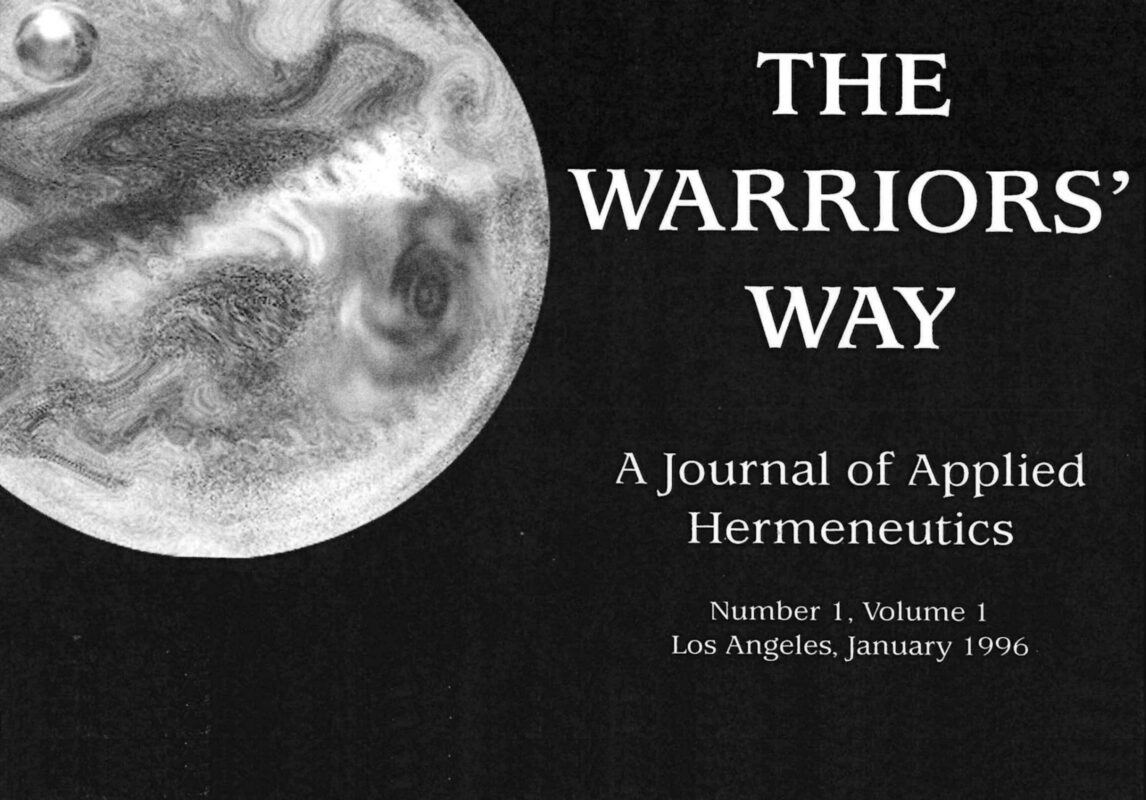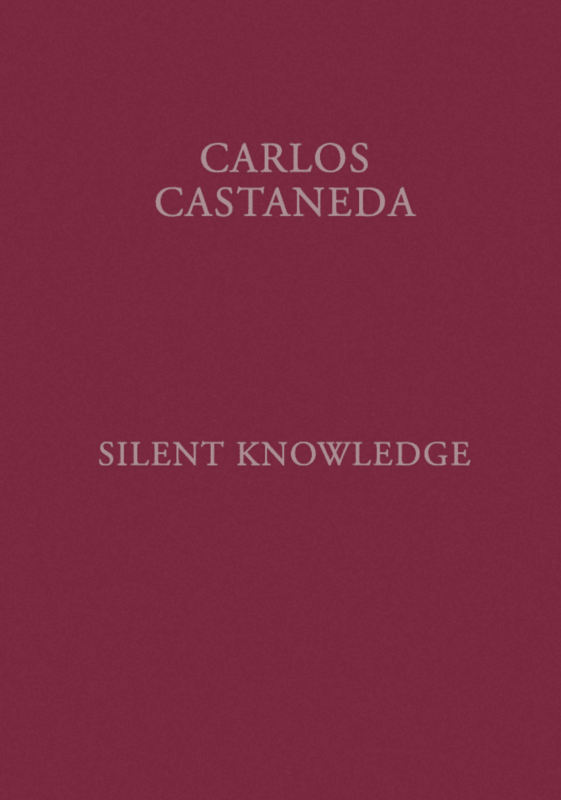Journal of Applied Hermeneutics – The Second Principle of the Warrior’s Way: We Are What Our Inception Is
Castaneda presents the second premise of the warriors’ way: “We Are What Our Inception Is”. He relays don Juan Matus’s difficult teaching that one’s energetic makeup is profoundly shaped by the conditions of one’s conception. Don Juan used the term “bored fuck” (B.F.) for those conceived without genuine parental excitement, who are consequently energetically weak and needy. Don Juan’s practical advice for a B.F. was to become a “miser of energy” through abstinence from draining behaviors. The ultimate goal, he explained, is to remake oneself by “intending the inconceivable,” using any available emotional or sensational spark as fuel for transformation.

